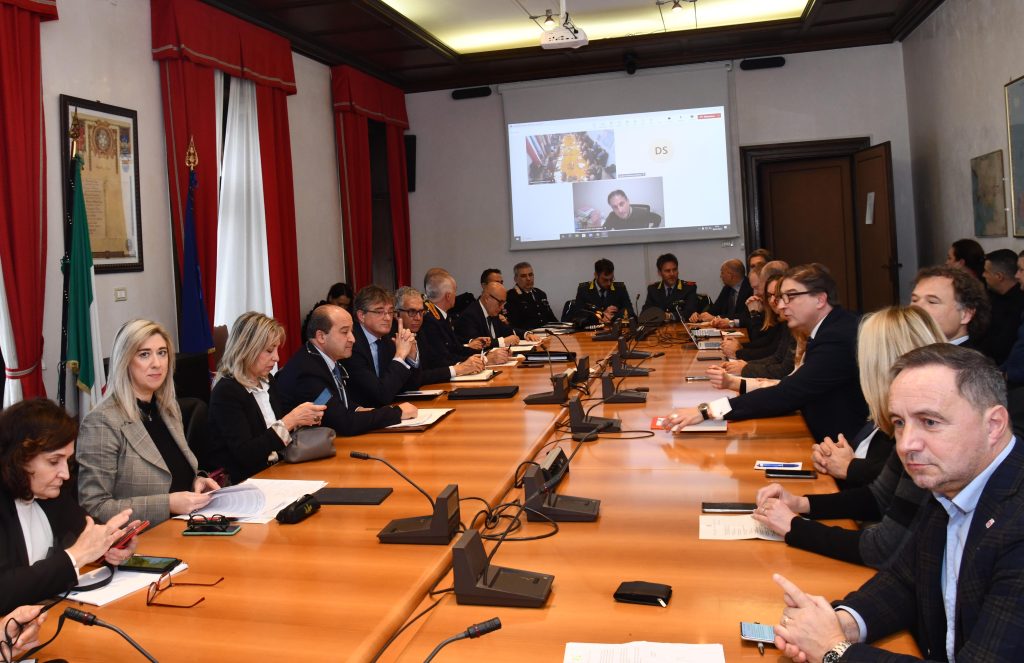by InTrieste
With Slovenia preparing to close its H4 expressway for construction next month, concerns are mounting over the economic and logistical fallout on both sides of the border. The impending closure, which will divert thousands of vehicles daily, has spurred urgent discussions among Italian and Slovenian officials, with significant ramifications for cross-border trade and infrastructure.

At a high-level meeting held in Trieste’s Prefecture, Cristina Amirante, Regional Councillor for Infrastructure, urged Slovenian officials to adopt measures that minimize disruptions. “As a Region, we have emphasized the need for alternative solutions to mitigate the economic, employment, and social impacts caused by the closure of Slovenia’s H4 expressway,” Amirante said.
The Heart of the Issue
The H4 expressway serves as a critical artery connecting Slovenia to northeastern Italy, facilitating the movement of goods and workers between the two countries. Its closure threatens to disrupt operations at the Gorizia Interport, a major logistics hub, and the broader economic ecosystem, including Slovenian companies that depend on seamless cross-border transit.
Amirante called for a detailed timeline of the construction and a technical reassessment of alternative routes, such as Slovenia’s Vipava regional road. This route, capable of handling 200 to 500 vehicles daily, could provide a lifeline to the Gorizia Interport.
Traffic Turmoil at Fernetti
One of the most pressing concerns is the additional 4,000 vehicles expected to be rerouted through the Fernetti border crossing. This influx could overwhelm Italy’s highway network, creating bottlenecks and jeopardizing trade flow.
Drawing on strategies used in similar situations across Europe, Amirante proposed imposing vehicle caps on the Slovenian side of the border. “A limit on heavy vehicles before the Fernetti border can prevent queues and ensure traffic on our highways remains manageable,” she stated.
Cross-Border Cooperation
The meeting brought together an array of stakeholders, including the Prefects of Trieste and Gorizia, Italian and Slovenian transportation officials, local mayors, and diplomats. Italian Ambassador to Slovenia Vincenzo Celeste and Slovenian Consul General in Trieste Gregor Šuc also attended, underlining the issue’s diplomatic significance.
Amirante appealed for a spirit of collaboration, reminding attendees of the shared challenges within the European Union. “Without corrective measures, the negative impacts won’t stop at the Gorizia Interport—they’ll ripple through Slovenia’s supply chain as well,” she warned.
A Fragile Balance
The situation highlights the delicate interdependence between Italy and Slovenia, particularly in regions like Friuli Venezia Giulia, where economic ties run deep. As the February deadline looms, the call for swift, coordinated action grows louder.
For now, all eyes are on the Slovenian company DARS and the Ministry of Transport as they deliberate over solutions. The clock is ticking, and for businesses and commuters alike, the stakes couldn’t be higher.





























